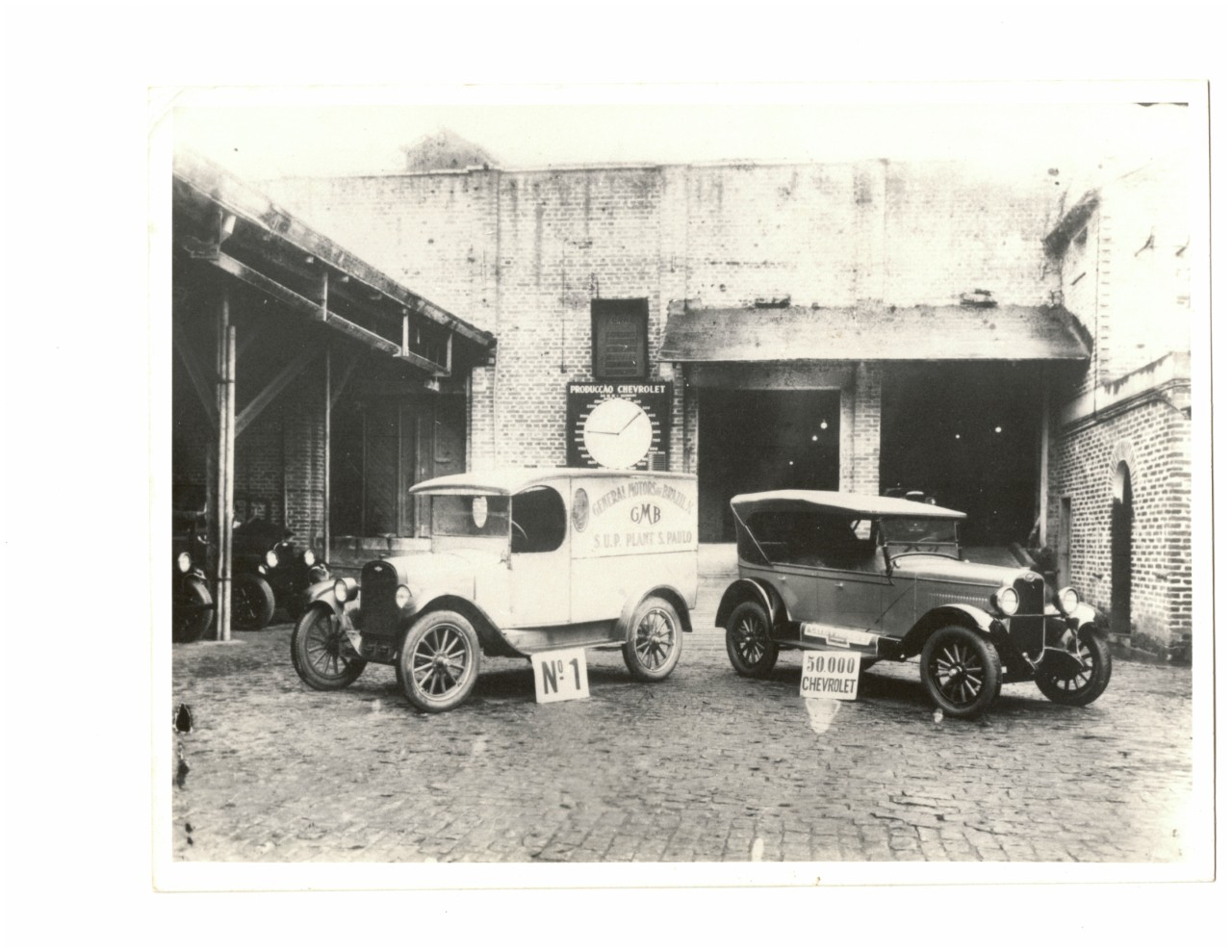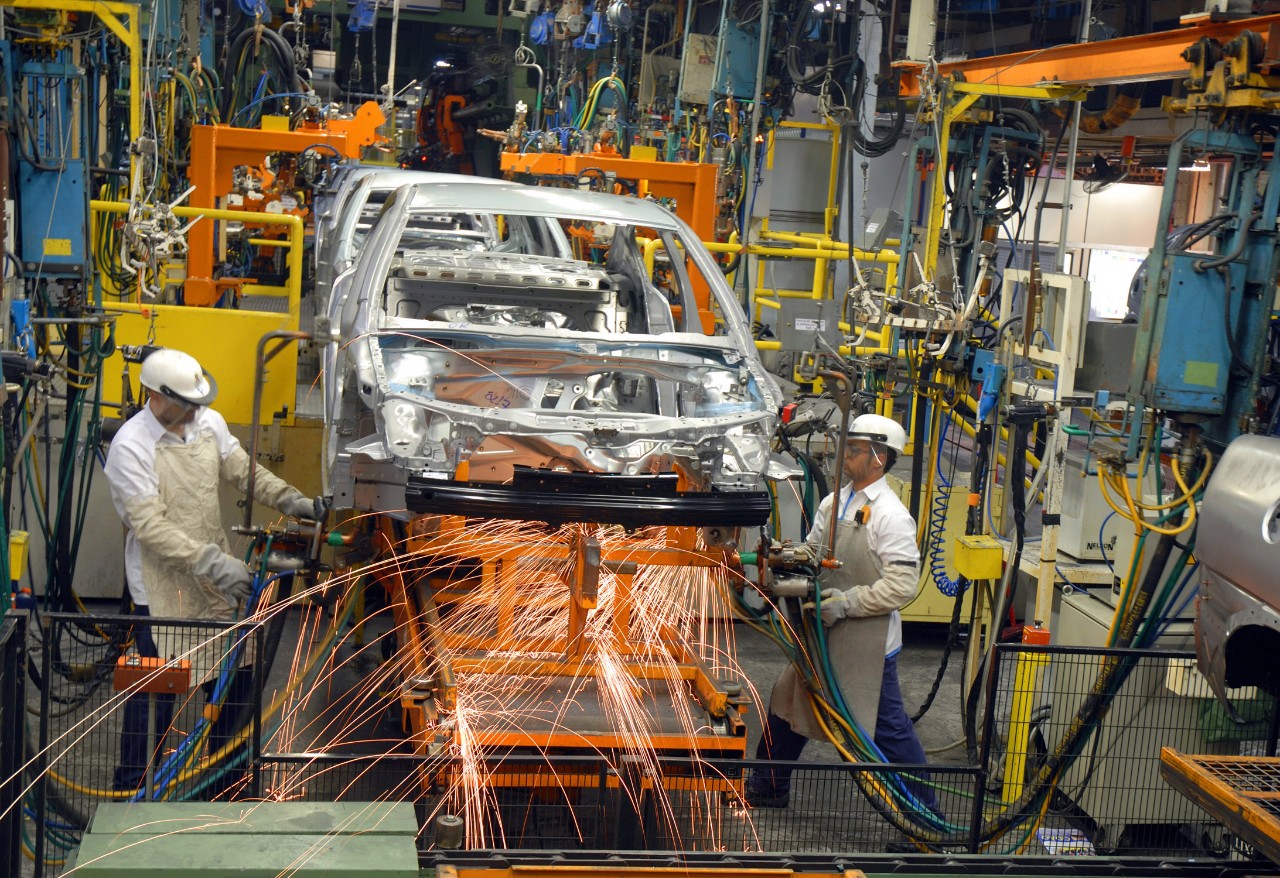GM Brazil celebrates 100 years and 20 million vehicles
2025-01-24
As the nation marks the inauguration of Donald J. Trump as the 47th President of the United States, it’s a good opportunity to take note of one of his most trusted companions, the Presidential limousine. Affectionately known as “The Beast,” the President’s limo is a custom-built, highly secure fortress on wheels that proudly wears the Cadillac crest.
Presidents have been riding in Cadillacs for more than a century: in 1919, President Woodrow Wilson rode in a Series 53 1916 Cadillac limousine during a parade in Boston to celebrate the end of World War I. (Cars from other manufacturers also have served Presidents over the years; the first Commander in Chief to ride in a motor car was William McKinley, who reportedly rode in a Stanley Motor Carriage steam car on July 13, 1901.)
Two Cadillac convertibles - dubbed the “Queen Mary” and “Queen Elizabeth,” named after the great ocean liners - served Presidents Roosevelt, Truman, and Eisenhower. First used in 1938, the 21.5-foot, 7,660-pound vehicles were equipped with a full ammunition arsenal, two-way radios, and heavy-duty generators.
Cadillacs were also used to transport Presidents Reagan (a Fleetwood) and Clinton (a Fleetwood Brougham.)
The term “The Beast” was first used in 2001, in reference to the limo used by President George W. Bush. Unlike its predecessors, this one was custom-built, designed and engineered by a research and development team at General Motors. GM designed the vehicle to the exacting standards of the U.S. Secret Service, while maintaining signature design cues from the Cadillac DeVille.
A re-engineered version of the Beast, code-named “Cadillac One,” and featuring design cues from the Cadillac DTS, debuted in 2009 to transport President Obama. The current version, modeled after the Cadillac CT6, debuted in 2018 during a trip by President Trump to New York City.
The Trump family has long had an affinity for the Cadillac brand, according to the new President himself. In a speech last September in Macomb County, Michigan, just outside Detroit, he was asked about his “all-time favorite car,” and in responding to the question he talked about how much his father Fred Trump liked Cadillacs.
"I learned so much from him, and he loved Cadillac," he said, according to the Detroit Free Press. "I mean, his biggest luxury in life was to get a brand new, dark blue Cadillac every two years. And he would. He would get that car, he said, 'look at this car.' He didn't know about a Rolls Royce. All he liked was Cadillac, and I love it. I think it's a great car."
Employees in front of the first GM Brazil warehouse in São Paulo.
Founded in 1925, General Motors Brazil has been a major player in shaping the South American nation’s industrial economy over the last 100 years.
At the time GM launched its operations in Brazil, the country was the world’s largest exporter of coffee, rubber, and cocoa. In a modest rented warehouse in São Paulo, GM began assembling Chevrolets with parts imported from the U.S., including one revolutionary feature: an electric self-starter, eliminating the need for cranking the engine. This was cutting-edge technology in a country on the cusp of urbanization.
GM steadily expanded its presence in the country, opening new factories and offering a diverse range of vehicles that become vital to Brazil’s growth. GM didn’t just bring cars to the streets - it brought mobility to the people, progress to the cities, and a spark of industrialization. By the 1950s, GM Brazil was deepening its roots in the country, establishing design and tech centers, and even creating a proving ground for testing Chevrolet vehicles specifically designed for the Brazilian market.
The very first Chevrolet truck ever assembled in Brazil displayed alongside GM Brazil's 50,000th Chevrolet vehicle.
GM Brazil pioneered innovations later adopted throughout the company, including the first Chevrolet crew-cab pickup, the first bi-fuel engine, and the revolutionary flex-fuel engine, powered by both gasoline and ethanol. GM Brazil was behind the creation of the Meriva minivan for Europe, and the Hummer H3T for the U.S. GM Brazil also had a play in motorsports, developing the Coopersucar Formula-1 car driven by the Brazilian racer Emerson Fittipaldi in the late 1970s.
Over time, GM has impacted the lives of generations of Brazilians, with iconic Chevrolet models, including the 3100 Brasil pickup, the Opala SS coupe, and the Onix hatchback. Since inception, GM Brazil has produced nearly 20 million vehicles, 20% of the total output of the Brazilian automotive industry.
GM’s influence extends beyond cars. It helped popularize Frigidaire refrigerators in the country (GM sold the Frigidaire business in 1979); supported Brazil’s defense during World War II, producing, trucks, ambulances, artillery trailers, fuel tanks, field kitchen equipment and other gear; and during the Covid-19 pandemic adapted its operations to produce life-saving equipment and masks.
Assembly line workers at the São Caetano do Sul plant, Brazil's oldest continuously operating car manufacturing facility.
"Brazil is Chevrolet's third-largest market worldwide and GMB is undergoing its most transformative era yet," says Santiago Chamorro, president of GM South America. "Our focus is on vehicles and operations that are smarter, more connected, and more sustainable."
In line with GM’s zero crashes, zero emissions, zero congestion vision, GM Brazil recently announced new investments to continue expanding its business, which in 2024 produced more than 350,000 vehicles. With more than 14,000 employees, GM Brazil is committed to diversifying its portfolio and strengthening its position in hybrid and electric vehicles. This is even more significant now, as Brazil stands as a global leader in renewable energy sources, making GM's future there even brighter.


